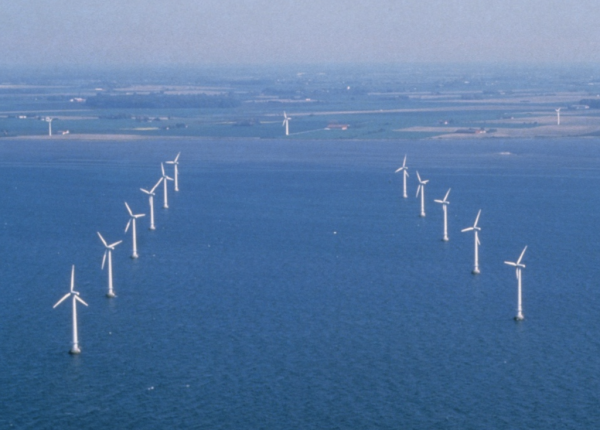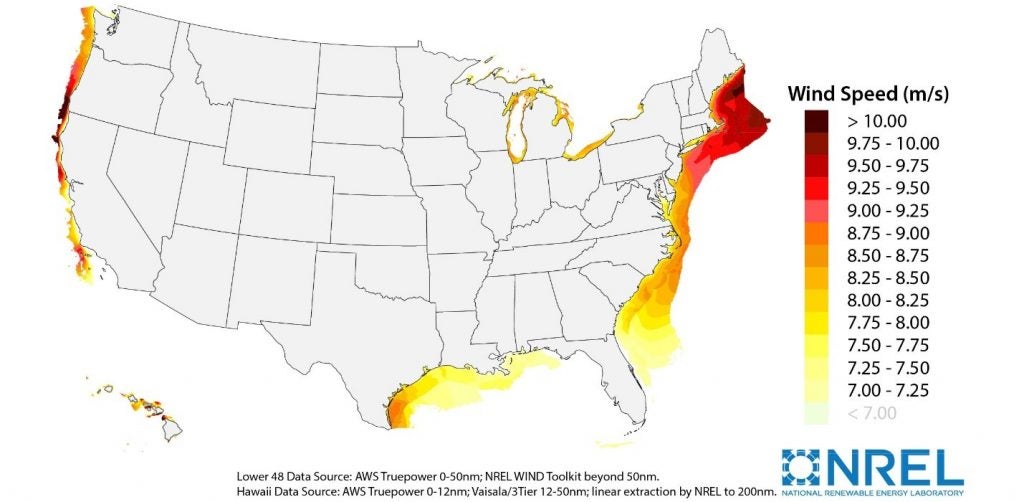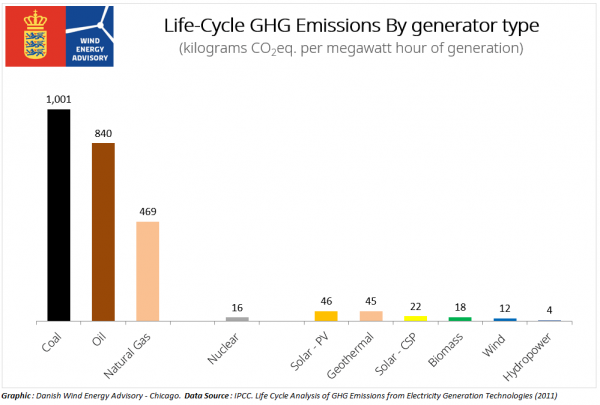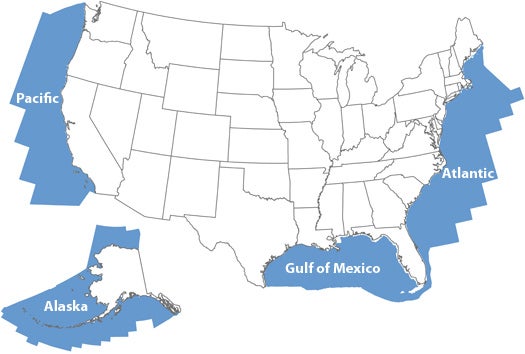This question was supplied by the ‘Ask the Experts’ database managers.
Reviewed by: Jennifer McCann
Last Update: January 5th, 2020
With increasing populations, nations across the globe are facing the challenge of how to best meet their community’s increasing demands for energy. To answer this question, many countries are turning towards offshore renewable energy, in particular— offshore wind energy (OWE).
This form of renewable energy, located within our oceans, effectively harnesses wind energy to generate electricity. An innovation that has been around for quite some time, with the first-ever offshore wind farm having been constructed in Denmark in 1991, the United States is working in partnership with researchers and stakeholders to invest in these technologies and meet its population’s demand for energy.

When exploring investments into these new infrastructures, it is important to weigh both the benefits and potential impacts. As described by Dr. Simona Trandafir (Assistant Professor, URI Environmental and Natural Resource Economics), “energy consumption of any kind causes impacts, both economic and environmental, so all choices must be first understood, then weighed collectively, so communities can arrive at the best outcomes overall”.
Why Offshore Wind?
1. Reliability
Offshore wind is an abundant, domestic energy resource that is located close to major coastal load centers.
The US Northeast has a large concentration of high wind speeds that are optimal for the development of OWE1. The figure below from the National Renewable Energy Laboroty (NREL) shows a map of coastal wind speeds in which the darker red indicates higher speeds that are optimal for harnessing wind energy.

Offshore winds tend to blow harder and more uniformly than on land. Since higher wind speeds can produce significantly more energy, developers are increasingly interested in pursuing investments in OWE.
2. Reduced Footprint
Due to the harmful effects tied to traditional fossil fuel-generated energy, such as greenhouse gas emissions and depletion of resources, many communities around the world have set firm targets for the portion of energy that must be delivered from renewable sources.
Because of the challenges that are associated with other forms of energy, most states have strongly embraced the development of OWE.

3. Availability of Space
Another attractive factor of offshore wind is that it does not require the same inland infrastructure investments as other forms of energy generation. As Jeff Grybowski (Former CEO of Deepwater Wind) noted at the Global Ocean Summit Series, “it is difficult to build power plants that are large enough to meet the demand in these populated areas where property values are especially high”.
The increasing population, and correlating increasing property values, causes developers to seek development opportunities in other areas such as our oceans which provide ample space for offshore technologies.
4. Buildability
The development of offshore wind infrastructure is dependent upon site-specific conditions including water depth, seabed geology and wave loading.
The waters surrounding the United States, referred to as the outer Continental Shelf (OCS) just so happen to present conditions that are suitable for OWE infrastructure development.

5. Economic Development
As a new sector within the blue economy, the offshore wind industry presents the United States with a promising opportunity for economic growth.
In addition to delivering customers with clean, affordable, and reliable power, the offshore wind industry will also contribute a variety of economic benefits to the U.S. economy, including supporting tens of thousands of jobs, billions in economic output, and investment in critical coastal infrastructure3.
Learn more about the projected growth of OWE in the United States in the video below provided by the Department of Energy.
Sources
[1] Offshore Renewable Energy. 2020. Society for Underwater Technology (SUT) https://www.sut.org/educational-support-fund/information-for-careers-in-underwater-technology-and-science/for-school-leavers-and-beyond/offshore-renewable-energy/
[2] https://www.boem.gov/oil-gas-energy/leasing/outer-continental-shelf
